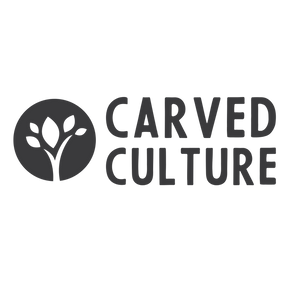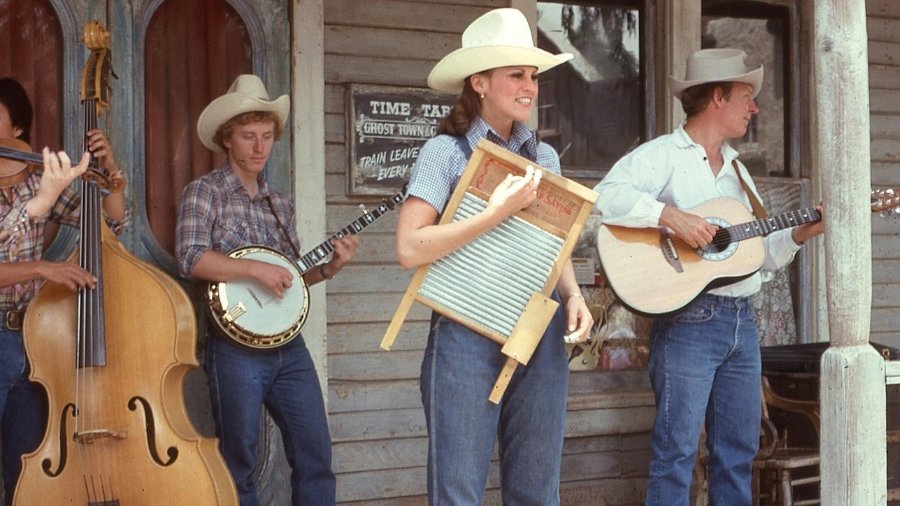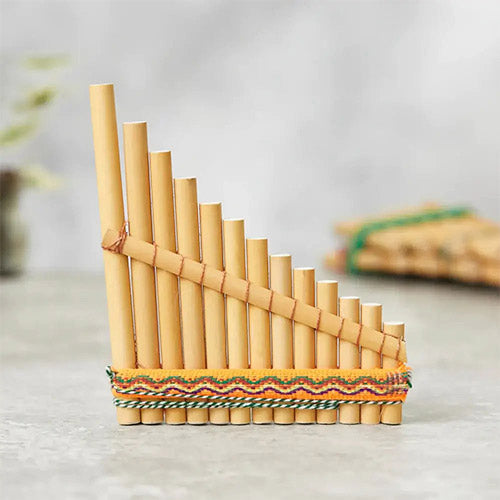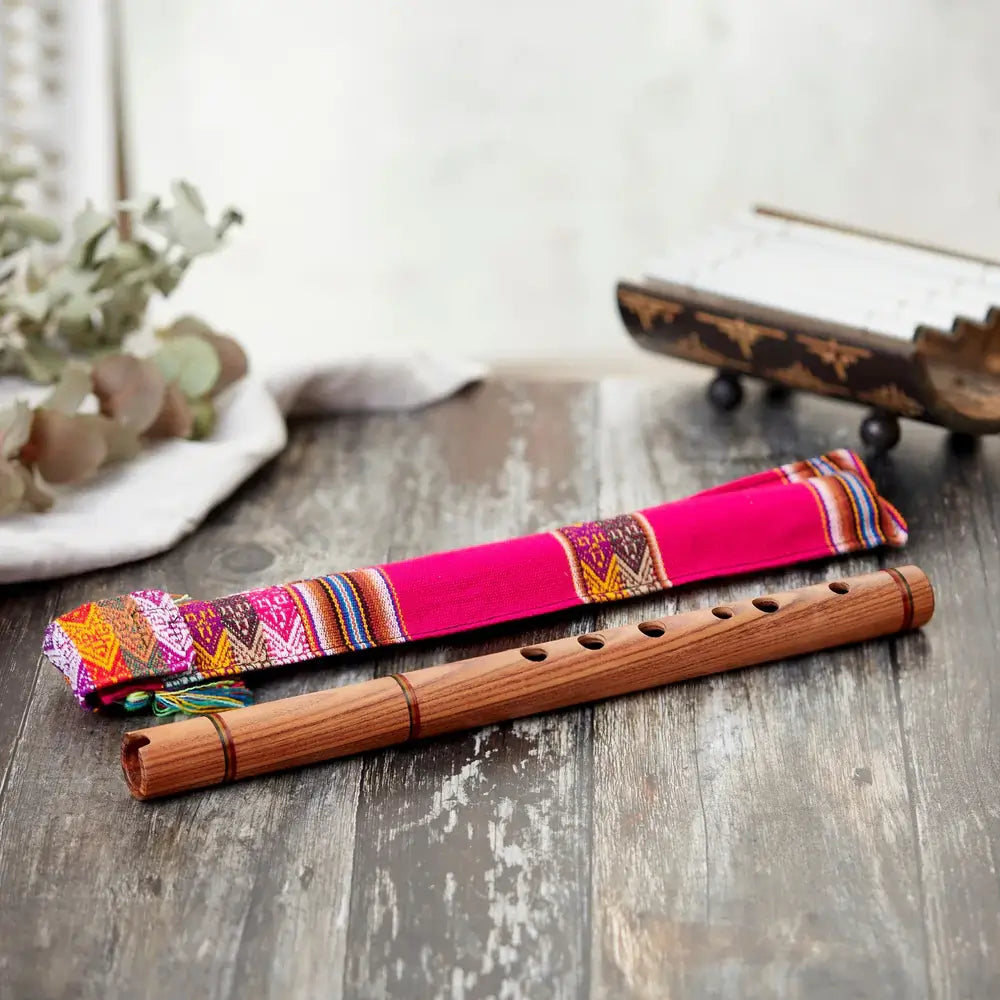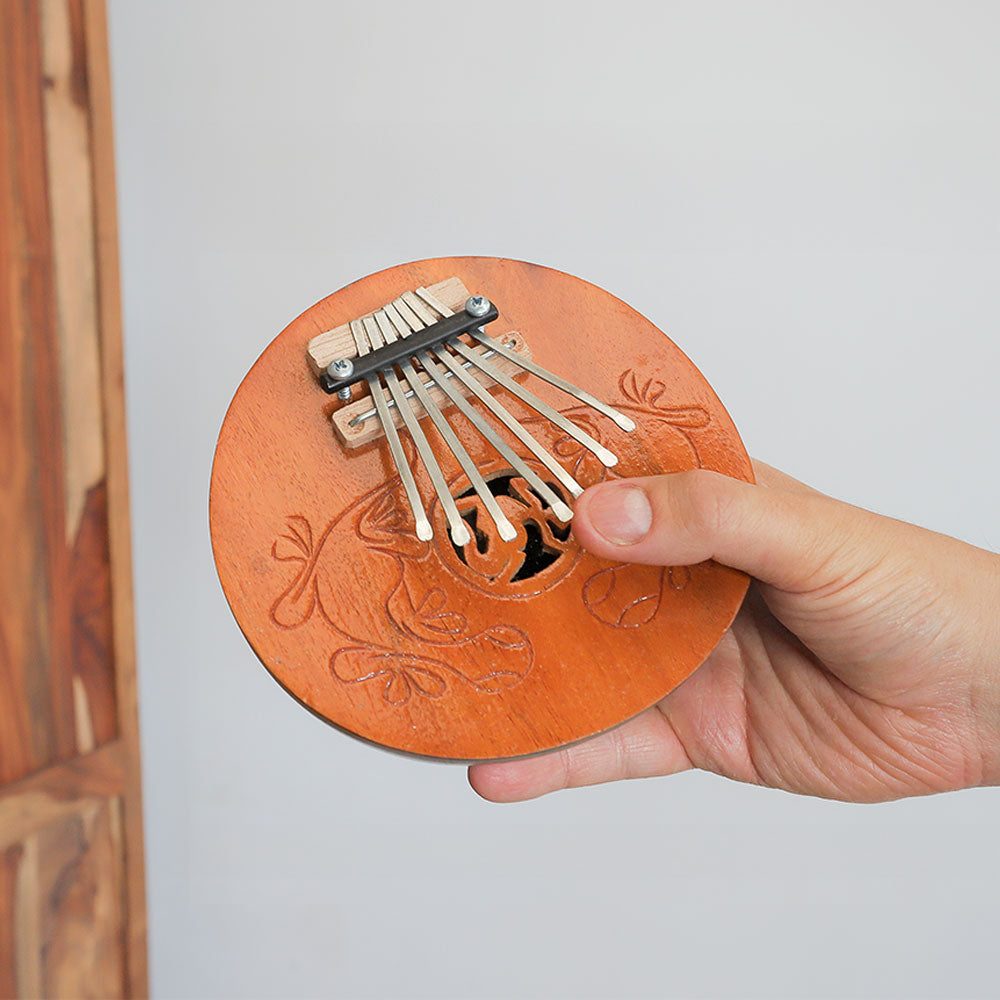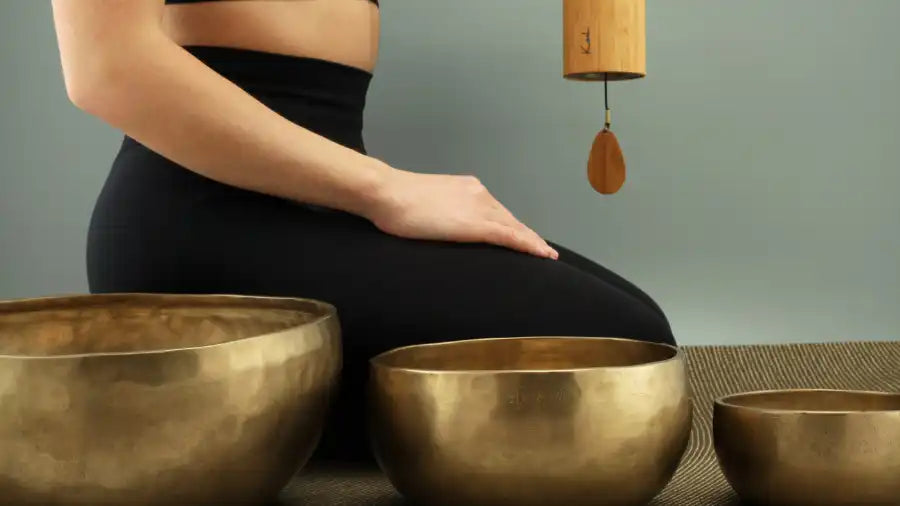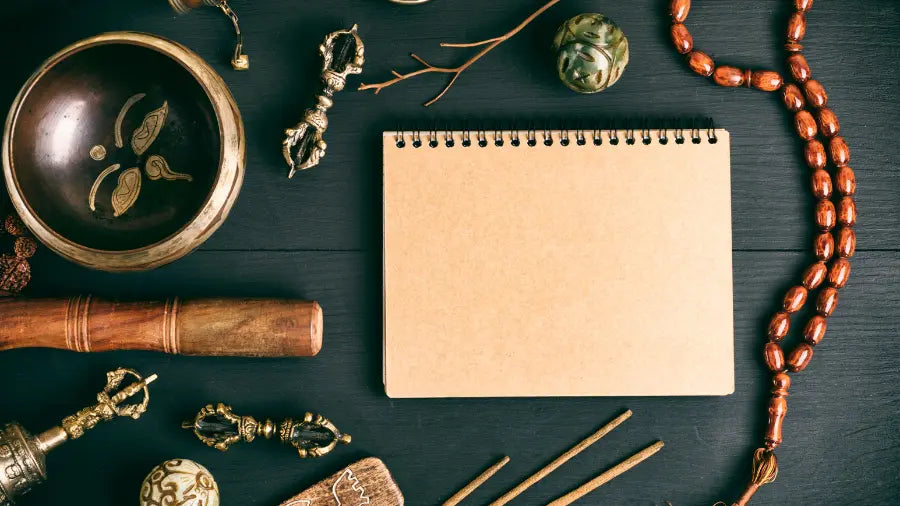A washboard is traditionally made of metal, with ridged, ribbed surfaces that create a unique scraping sound when rubbed. It was initially used as a tool for washing clothes, but it quickly gained popularity as a musical instrument, especially in early jazz and blues bands. You can play the Washboard with tools and accessories such as thimbles and brushes to scrape along the metal ridges.
Different types of Washboard
There are many types of washboard instruments. Each one offers a unique sound and is best for a specific use. The most common varieties are metal washboards, which are typically made from galvanised steel. These are usually used in folk and blues music and are known for the metallic sounds that they produce. Wooden washboards produce a warm, earthy sound similar to a guiro instrument. When they are mounted, you can easily play this Washboard with one hand and another instrument in the other, allowing you to multitask. Miniature washboards are small and ideally suited to beginners. They offer a fun and educational playing experience.
Positioning the Washboard
To play the Washboard comfortably, you can hold it upright against your chest while standing. The traditional washboard position allows for whole movement and expression. Some players prefer washboards mounted on a stand for stability, while others prefer to place them on their laps or a table for comfort and simplicity. You should choose the position that best suits your playing style.
Playing technique and rhythm
To play the Washboard, scrape your fingers, thimbles, or brushes across its ridged surface, adjusting speed and pressure to create different sounds. Like a snare drum, it's used to maintain rhythm, so keeping a steady beat is key. You can play fast or slow but should focus on consistency to match the flow of the music.
Instruments That Accompany the Washboard
The Washboard is ofteWashboardwith other traditional musical instruments, such as spoons, bones, jug, harmonica, guitar, banjo, and more. The jug adds an airy sound, while the banjo adds mid-harmonics with folk colours that perfectly match the Washboard's textured sounds. Instruments like the kazoo can combine a playfulness sound with percussion. In contrast, combining a strumming guitar and Washboard proWashboard music with body and a beat produces an isolated sound useful for introductions and verses.
Tips for learning the Washboard
Learning the Washboard is all about rhythm, feel, and creativity. Start slowly to build control and get comfortable before moving on to faster tempos. Listen closely to the music around you—your job is to Washboard the rhythm, not overpower it. Try different tools like thimbles, brushes, spoons, or even forks to find your unique sound, and don't be afraid to involve your whole body with hand taps or foot stomps for added energy. Simple yet poWashboard's Washboard brings life to folk, blues, and jazz music, and with a bit of practice, you'll be adding infectious beats in no time.
Where to buy the Washboard?
Looking for a high-quality washboard? This German-made model with a solid beech wood frame and galvanized steel surface delivers dynamic, penetrating sound. Play it with fingers, brushes, or thimbles to create rich textures, perfect for Jazz, Skiffle, Dixieland, and Zydeco. Built to last and versatile, it brings lively energy and charm to any performance. Order yours today and elevate your rhythm!
